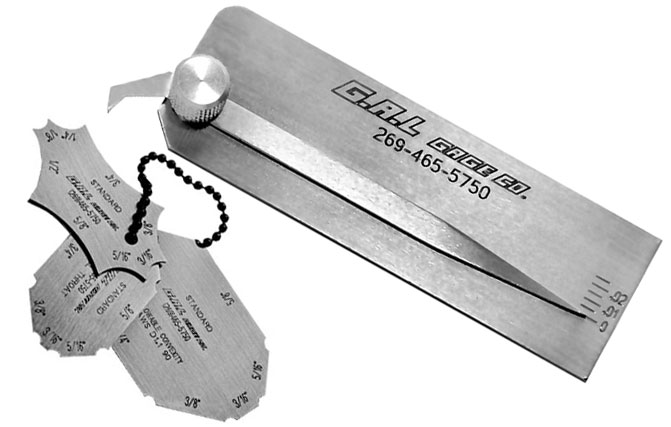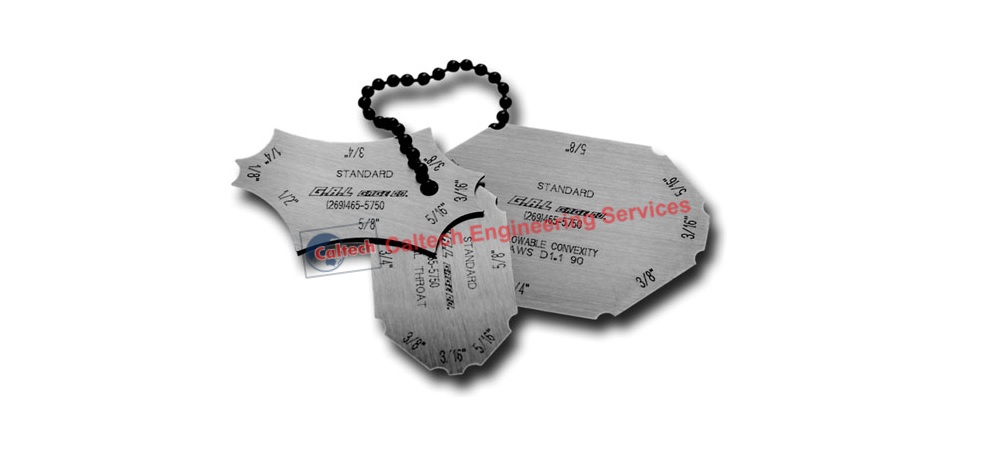The Ultimate Overview to Fillet Weld Top Quality Control: Making Certain Stamina and Resilience in Your Welded Joints
In the world of welding, ensuring the strength and sturdiness of fillet welds is extremely important for the integrity of welded joints. As we begin on this exploration of fillet weld top quality control, we will certainly uncover important elements that affect weld toughness, dive into effective evaluation techniques, and go over approaches for protecting against common weld defects.
Significance of Fillet Weld High Quality Control
Making sure appropriate fillet weld high quality control is vital in ensuring the architectural stability and durability of welded elements in different markets. Fillet welds are frequently utilized in architectural steelwork, bridges, stress vessels, pipes, and various other vital facilities where the stamina of the weld is important to general security and efficiency. Quality assurance procedures such as aesthetic assessments, non-destructive screening, and adherence to welding treatments assist determine prospective problems like lack of fusion, insufficient infiltration, undercutting, or too much support.
Trick Aspects Influencing Weld Stamina
Achieving optimum weld strength requires mindful factor to consider of different essential factors that affect the integrity and longevity of the welded joint. The first vital element is proper joint prep work, which involves cleaning up the base metals to eliminate any impurities that could weaken the weld. In addition, the fit-up of the joint is necessary to make certain appropriate infiltration and combination of the filler product.
The choice of the ideal welding method and parameters additionally plays a considerable role in determining weld toughness. Variables such as warmth input, traveling speed, and electrode angle can impact the top quality of the weld. Keeping the right interpass temperature throughout multi-pass welding is crucial to stop cracking and make certain a strong bond between the layers.
In addition, the choice of filler material and its compatibility with the base metals is important for attaining high weld toughness. Making use of filler product with the ideal mechanical homes can improve the general honesty of the weld. Last but not least, post-weld warmth therapy and correct inspection methods are crucial actions in making certain the toughness and durability of the bonded joint.
Examination Techniques for Weld Stability

An additional essential evaluation technique is fluid penetrant screening, where a fluid color is used to the weld surface area - Gauge Fillet Weld. The dye seeps into any surface-breaking problems, making them visible under UV light. This technique works for identifying imperfections that might not show up to the naked eye


Ultrasonic testing is also extensively utilized for inspecting weld honesty. High-frequency acoustic wave are routed into the weld, and any kind of interruptions in the audio wave pattern suggest possible problems like splits or lack find out of blend.
These evaluation approaches play a crucial duty in guaranteeing the top quality and dependability of welds, inevitably adding to the general toughness and sturdiness of bonded joints in industrial setups.
Avoiding Usual Weld Defects
In order to preserve the architectural integrity of bonded joints in commercial applications, it is vital to implement safety nets to attend to usual weld problems. One typical issue is lack of combination, where the filler product falls short to bond properly with the base metals, bring about weak places in the weld. This can be prevented by guaranteeing appropriate warmth control and making use of the correct welding technique.
Another regular problem is porosity, created by gas entrapment in the weld steel throughout the welding procedure. To stop this, it is necessary to cleanse the base steels thoroughly, use dry electrodes, and maintain a suitable welding atmosphere with appropriate air flow.
Furthermore, fractures in welds can jeopardize the joint's stamina. To avoid this problem, it is crucial to manage the cooling rate after welding, use preheating when necessary, and pick ideal welding criteria.
Enhancing Bonded Longevity With Correct Strategies
To strengthen the long life and dependability of welded structures, employing advanced welding strategies is important. One essential method to boost weld durability is to make certain correct weld grain positioning. By positioning the weld bead properly within the joint, the weld's toughness and resistance to tiredness can be dramatically boosted. Additionally, making use of the correct welding parameters, such as voltage, present, and travel rate, is necessary for achieving a long lasting weld. These parameters directly influence the weld's try this site infiltration, fusion, and total quality, adding to its long life.
In addition, utilizing ideal pre-weld and post-weld heat therapies can help minimize residual anxieties and boost the weld's strength, making it more immune to breaking and failing in time. One more technique to improve weld durability is to use high-grade welding consumables and base materials. Selecting the appropriate filler metal and guaranteeing the sanitation of the base steels can avoid additions and various other defects that could jeopardize the weld's longevity. By implementing these appropriate methods, welders can make certain that their bonded joints exhibit extraordinary toughness and durability, meeting the finest criteria.
Verdict
To conclude, preserving top quality control requirements for fillet welds is important for guaranteeing the strength and resilience of bonded joints. By recognizing the crucial aspects impacting weld strength, making use of examination techniques for weld stability, preventing usual weld issues, and utilizing appropriate techniques, welders can boost the general sturdiness of their welds. It is critical to focus on quality assurance measures to generate trusted and resilient bonded joints.
In the world of welding, guaranteeing the strength and longevity of fillet welds is vital for the integrity of bonded joints. As we begin on this expedition of fillet weld high quality control, we will reveal necessary elements that affect weld stamina, delve right into effective examination techniques, and review methods for avoiding usual weld problems.Attaining a fantastic read ideal weld strength calls for careful factor to consider of various vital elements that influence the stability and resilience of the bonded joint (Gauge Fillet Weld).In final thought, maintaining high top quality control requirements for fillet welds is crucial for making certain the strength and toughness of welded joints. By comprehending the key aspects affecting weld stamina, utilizing assessment methods for weld stability, preventing typical weld problems, and using correct techniques, welders can improve the total sturdiness of their welds